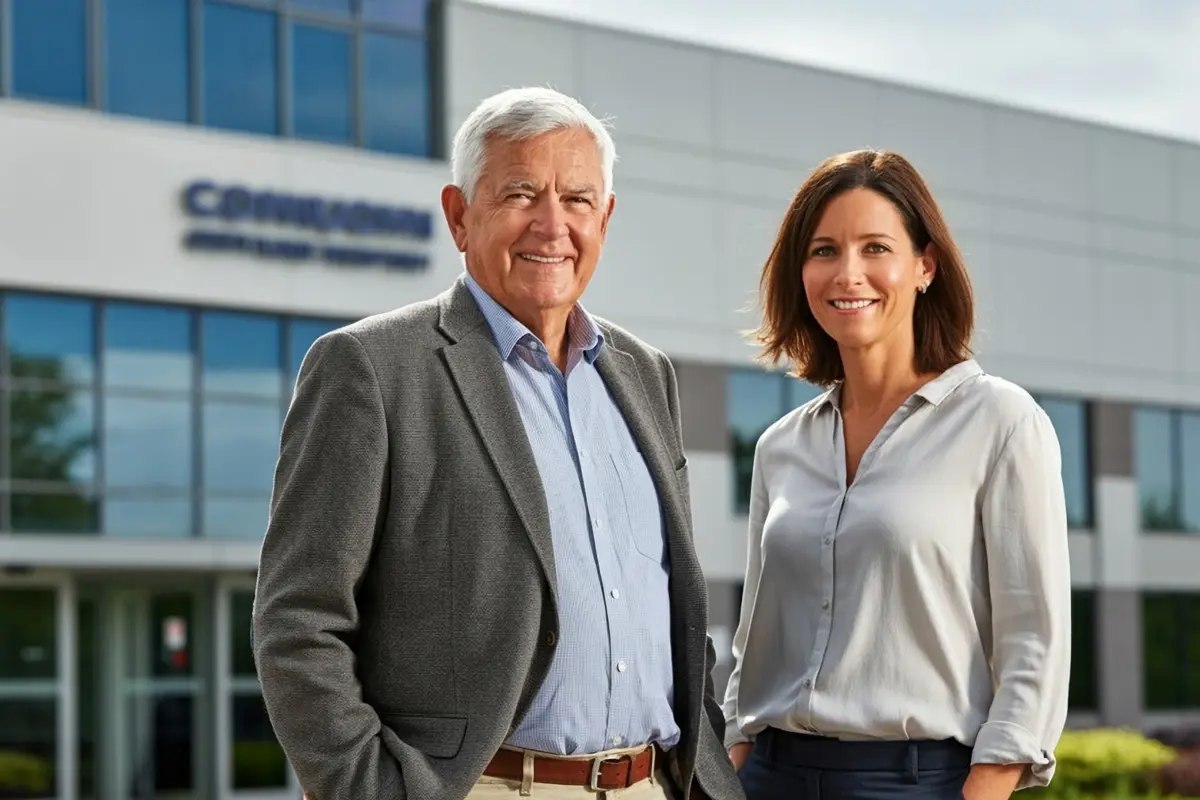Management Summary
The generational change at the top of medium-sized companies is sometimes associated with drastic changes for everyone. Various factors need to be taken into account to ensure a successful generational change:
- Timely planning
- Honest communication
- Emotional clarification of existing (family) conflicts
- Selection of a suitable successor
- Structuring preparations in the company
We also recommend having an experienced consultant accompany the generation change. This makes the process more structured and smoother.
What needs to be considered when changing generations?
Success factors in the process
Timely planning
The transition process should be started in good time. I recommend five years in advance. This will allow you to prepare thoroughly.
Honest communication
Honest communication between all those involved in the generational change is essential. Expectations, roles and responsibilities should be clearly defined and discussed to enable decisions to be made that will stand the test of time.
Emotional clarification
The generation change is not only a business process, but also an emotional one, especially if the handover takes place within the family. This makes it all the more important to have enough time for the handover and to have it accompanied by an experienced advisor. Both take the pressure out of the process and open up room for clarification, including for family conflict situations.
Success factors in the selection of a successor
Intrinsic motivation
Particularly in companies where there is a tradition of transferring the company from the parents to the children's generation, I experience time and again that the parents have an implicit expectation of the children to carry on the company and the children feel an implicit sense of responsibility to fulfil this expectation.
However, not all children are keen to succeed their parents and their personality and expertise are not always suitable for this. It is therefore crucial not only for the success of the process but above all for the successful continuation of the company that the children want to carry on the business.
Character
The next generation should have the necessary entrepreneurial personality and develop their own vision of the company. Coaching helps to further develop the personality before and while taking on the new role.
Expertise
In addition to professional expertise, I believe it is imperative that the subsequent company has or develops leadership expertise. Coaching, training and job shadowing help with this.
Necessary preparations in the company
Clean up "inherited burdens"
In order for the next generation to have the opportunity to start the new task with confidence, the parents' generation should resolve all the conflicts or make all the decisions that may have been delayed for years. This also includes resolving conflicts at shareholder, advisory board or managing director level.
Hand over responsibility
In most cases, the structures in family businesses are tailored to the managing partner. However, these structures are usually no longer suitable for the new generation of managing directors. You should therefore consider together how you can change the structures before the handover in order to make the company fit for the future.
Forming a management team that fits the new generation
Parallel to the further development of structures, it is essential that the management team in the company also fits in with the new generation. Only then is it possible to work together in a spirit of trust.
Why should you have an experienced consultant accompany this process?
The support of an experienced consultant during the handover process enables you to organise the generational change in a structured and smooth manner:
Objectivity and neutrality
An external counsellor brings a neutral perspective and can mediate objectively between the different interests of the parties involved and also moderate a family conflict resolution.
Experience
Experienced consultants have extensive knowledge and practical experience in supporting generational transitions. They use proven methods to avoid common risks. They also utilise good practices from other companies and incorporate these into the process. This gives you as an entrepreneur the opportunity to develop your own corporate culture, processes and structures to a new level of quality.
Structured handover process
Consultants help you to organise the transition process systematically. They ensure that all important steps are taken into account and implemented at the appropriate time.
Risk minimisation
Thanks to the consultant's expertise, potential risks can be identified at an early stage and suitable measures can be taken to minimise them. This applies in particular to smouldering conflict situations. As a neutral third party, a consultant can generally recognise these better and address them more easily. This opens up scope for clarification.
Continuity after the handover
As a rule, an external consultant accompanies the next generation and the company for a while after the handover to ensure that the new generation of managing directors has fully settled into their role and responsibilities.
How does the accompanied process work?
An accompanied generation change takes place in five phases. The duration of these varies from company to company.
- Understanding the target image and requirements
- Analysing the current situation
- Getting to know all those involved
- Development of a rough roadmap including defined measures
- Implementation of the roadmap
A certain degree of flexibility in the process is crucial. After all, some handovers take more than 5 years. A lot can happen during this time that needs to be taken into account in the handover process.
At this point, I would also like to emphasise that an external consultant does not work full-time for your company as part of the handover. Support is provided on an ad hoc basis by arrangement.
Did you find this article helpful?



